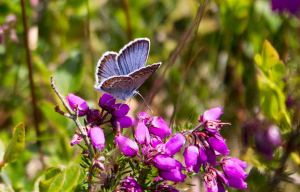It wasn’t brilliant for photography at the weekend, pretty cloudy, so you might have to excuse the pictures, but I was thinking about what seemed like the early flowering of the elder this year and it prompted me to take a walk in Valewood. Its on the north western flank of Black Down, you may remember its where the ridge pole and wall plates for our building came from, a walk through the northern fields should lead you towards Winding Meadow if you are interested.
Winding Meadow is always a treat when it comes to orchid flowering time, ordinarily I wouldn’t bother going to look for another couple of weeks, but when I got there I was in for a surprise.

Thousands of orchids greeted me. They do seem to me to be flowering a couple of weeks early, I suppose it could just be because of the warm start to the year, or it could be as some think a sign of the changes in climate we might be starting to experience. I don’t know what the answer is, but wonder if there may be some interplay between the two things. It certainly makes you think about the way we are living our lives at the moment.
But, leaving that aside, you have to think there is nothing quite so pretty as this many orchids all in one spot.

Orchids are clever things, some of them attract polintors by having flowers which resemble female insects, others still give no reward in terms of nectar and have a mechanical mechanism which deposits pollen on the insects back where it cannot reach it but from where it will polinate the next flower visited. They are living evolutionary masterclasses.

Most of those at Valewood are either Heath or Common Spotted Orchids, allthough I am told the two can hybridise. Sadly even the so called Common Spotted Orchid is not seen as much as it once was, a reflection on the intensification of agricultural production. Its not all bad news though. Valewood recently went through a long period of conversion to become registered as an Organic holding. In cooperation with our tennants from Rother Valley Organics it is managed without artificial pesticides or fertilizers in a way that both produces some pretty fine beef, and allows the wildlife to flourish.
In amongst the orchids there were all sorts of other little gems to be spotted.
I remember being told by a certain well respected conservationist that whenever you spot this little plant you know you are somewhere pretty interesting.

Its a Lousewort, a funny looking plant in some respects, its semi parasitic, taking nutrients from the roots of other plants. I reckon she was right though, wherever you see this there are usually some other interesting species to be found.
I was also pleased to see the ladies smock still flowering.

Its one of the main larval food plants of the orange tip butterfly, which I am told is having a good year. Here is a picture of one I took a couple of years ago.

The orchids were great, but I am just as easily pleased by some of our more common species of wild flower, lesser stichwort is one of my favourites, its so tiny, each flower is only about 5-10mm across. The petals look really delicate in amongst the grasses.

Quite a comparison with a big brassy oxeye daisy.

Turned out it was well worth going for that walk, even if it was a cloudy day. If you are local I would recomend having a look around Valewood in the next few weeks, it really is quite spectacular at the moment.













